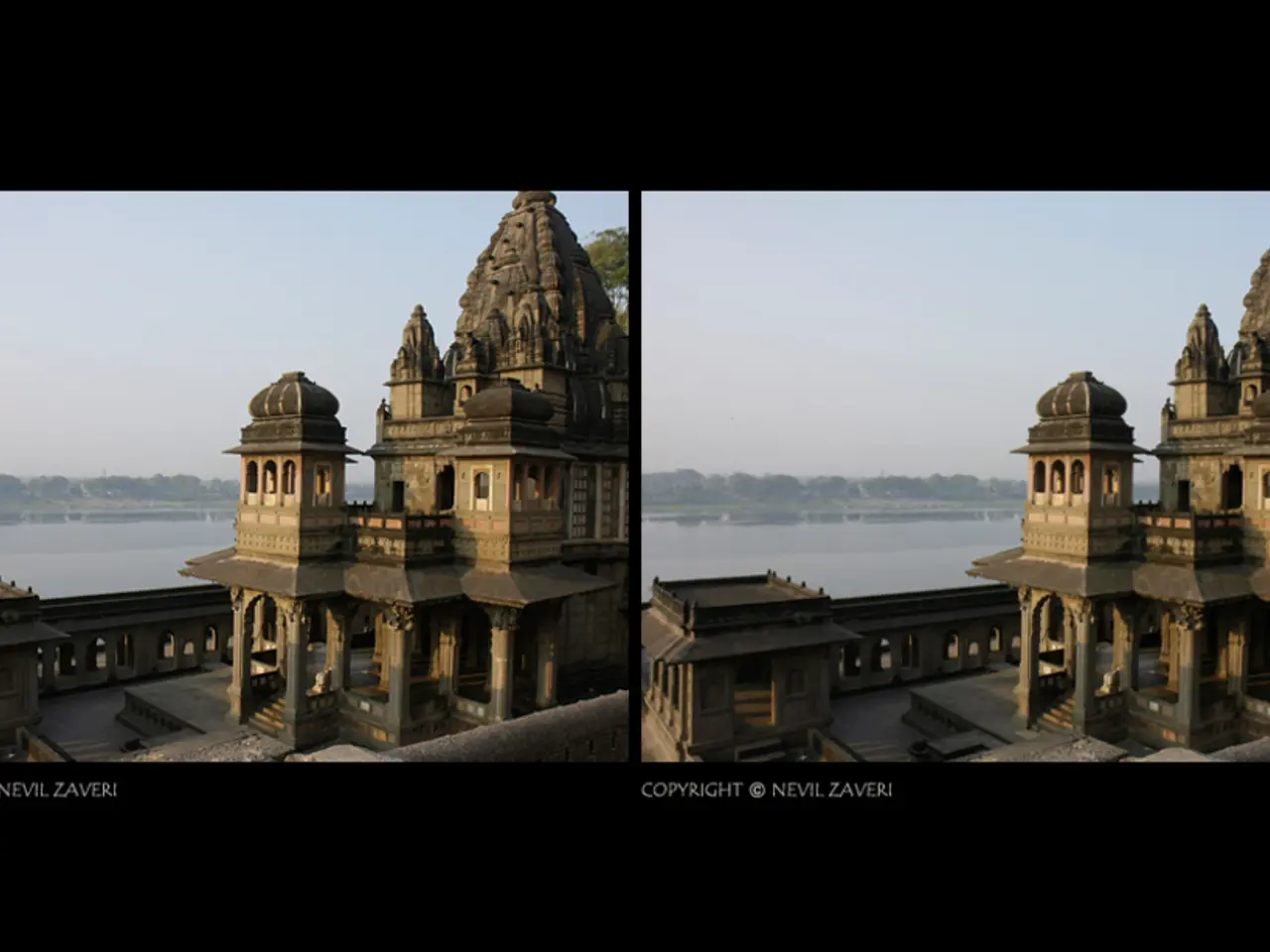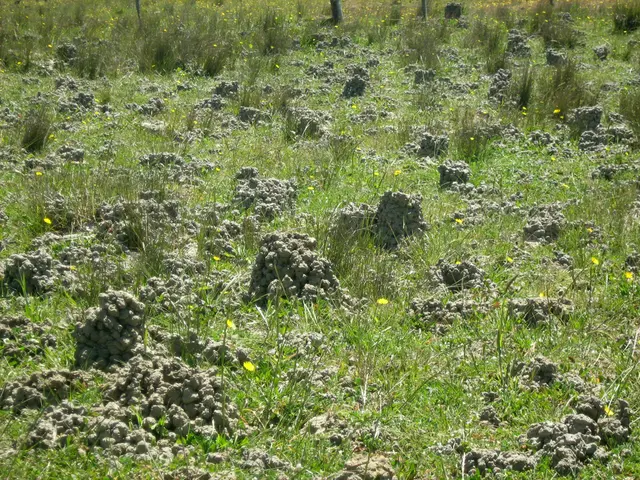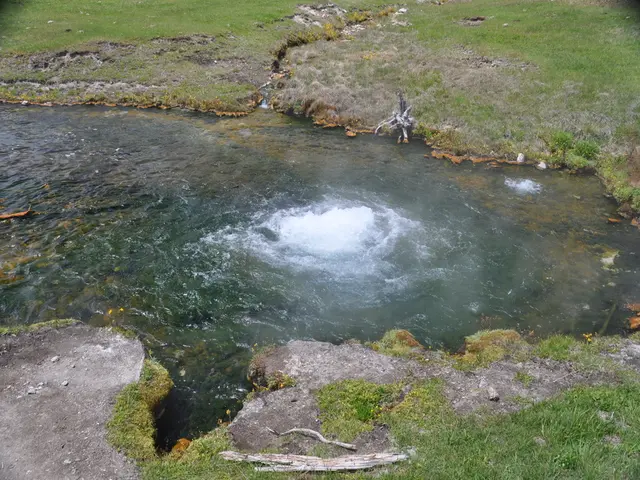Revived Ancient Site of Bateshwar by Archaeologist - Highlights of our Recent Edition
In the heart of Madhya Pradesh, nestled amidst the infamous Chambal region known for its criminal activities, lies the ancient Bateshwar temple complex. This intricate network of about 200 Shiva and Vishnu temples, built between the 9th and 11th centuries, was in a highly ruinous condition when the Archaeological Survey of India (ASI) began work.
The support for the restoration of these temples came from unexpected quarters. Sudha Murty, the chairperson of the Infosys Foundation, recognised the significance of heritage as living history worth preserving. Her contribution was instrumental in the restoration process after the transfer of K.K. Muhammed, an archaeologist and former Regional Director of the ASI.
K.K. Muhammed, known for his work on temple conservation and heritage preservation, believes in rebuilding temples and viharas as a way of repenting for past religious conflicts. He spearheaded the restoration efforts, viewing the project as a space for reflection and healing, symbolising the idea that history should be faced with humility, not hostility.
The reconstruction of the Bateshwar temples was not without its challenges. The region's unrest and the prevalence of unlicensed guns posed significant threats. Despite these dangers, the project continued, with key figures like IPS Vijay Raman, who played a decisive role in obtaining permission for the reconstruction, and IPS Narendra Kumar, who was killed in a mining accident during the fight to protect Bateshwar, standing firm in their commitment.
The RSS chief, K.S. Sudarshan, was also contacted directly to address the issue of illegal mining at Bateshwar. The ASI, as the Superintendent Architect, was in charge of restoring the temples. After four years of tireless work, 70 temples were restored.
Bateshwar is not alone in the region. Nareshwar, Padavali, Mitawali, Sanichar, and Kakanmath are other places of peace that offer a stark contrast to the surrounding unrest. Interestingly, some criminals in the region have sought solace in spirituality as a means to atone for past deeds. Malkhan Singh, a notorious dacoit who surrendered in 1982, claimed he became a dacoit to protect temple lands from encroachment by local Brahmins.
Today, Bateshwar stands as a testament to the power of preservation and the will to heal. It is a beacon of peace in a region that has seen its fair share of conflict, a space where the past and the present intertwine, and where history is not just a story to be told, but a living, breathing entity to be cherished and protected.
Read also:
- Peptide YY (PYY): Exploring its Role in Appetite Suppression, Intestinal Health, and Cognitive Links
- Toddler Health: Rotavirus Signs, Origins, and Potential Complications
- Digestive issues and heart discomfort: Root causes and associated health conditions
- House Infernos: Deadly Hazards Surpassing the Flames








